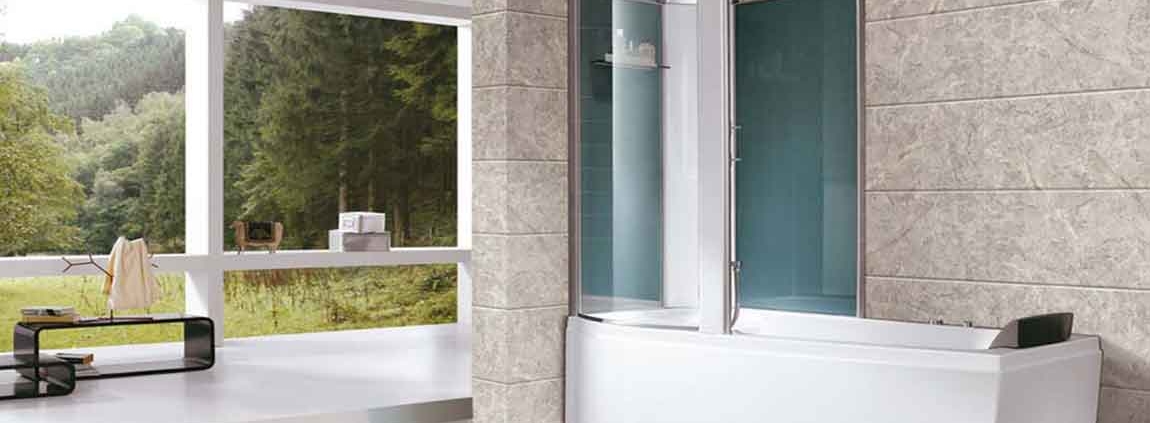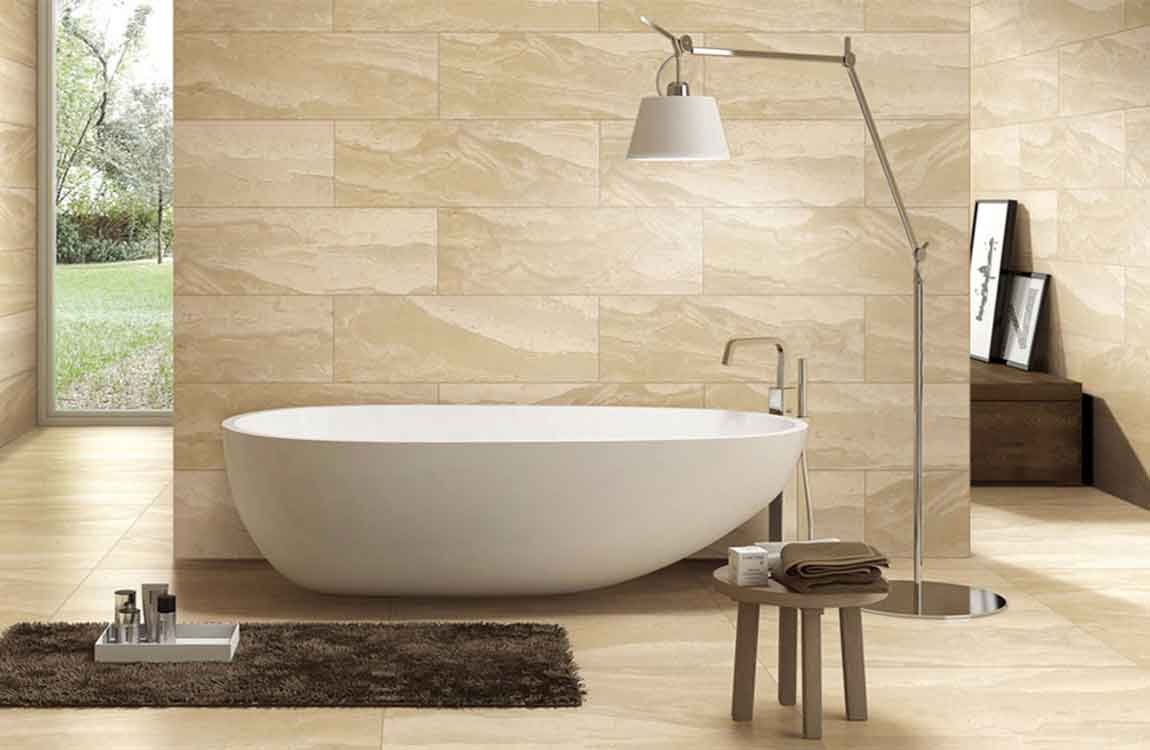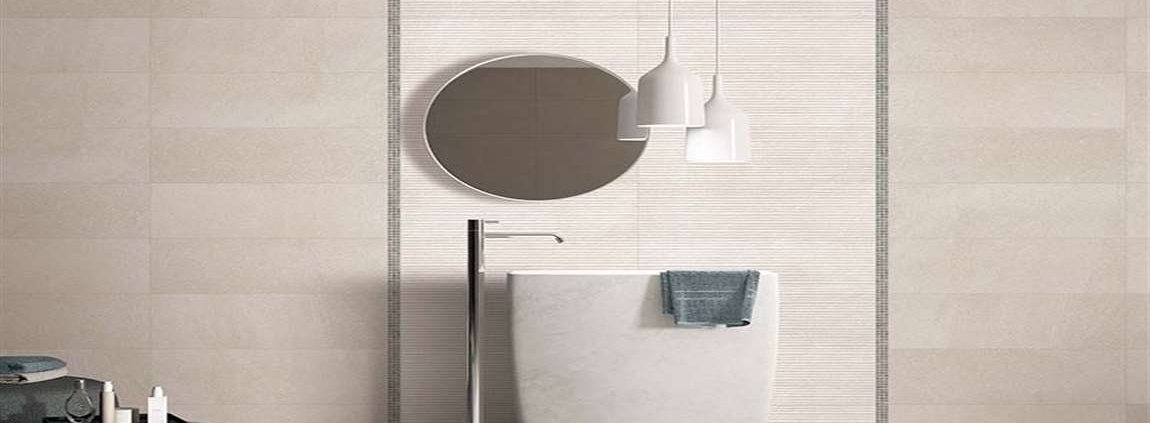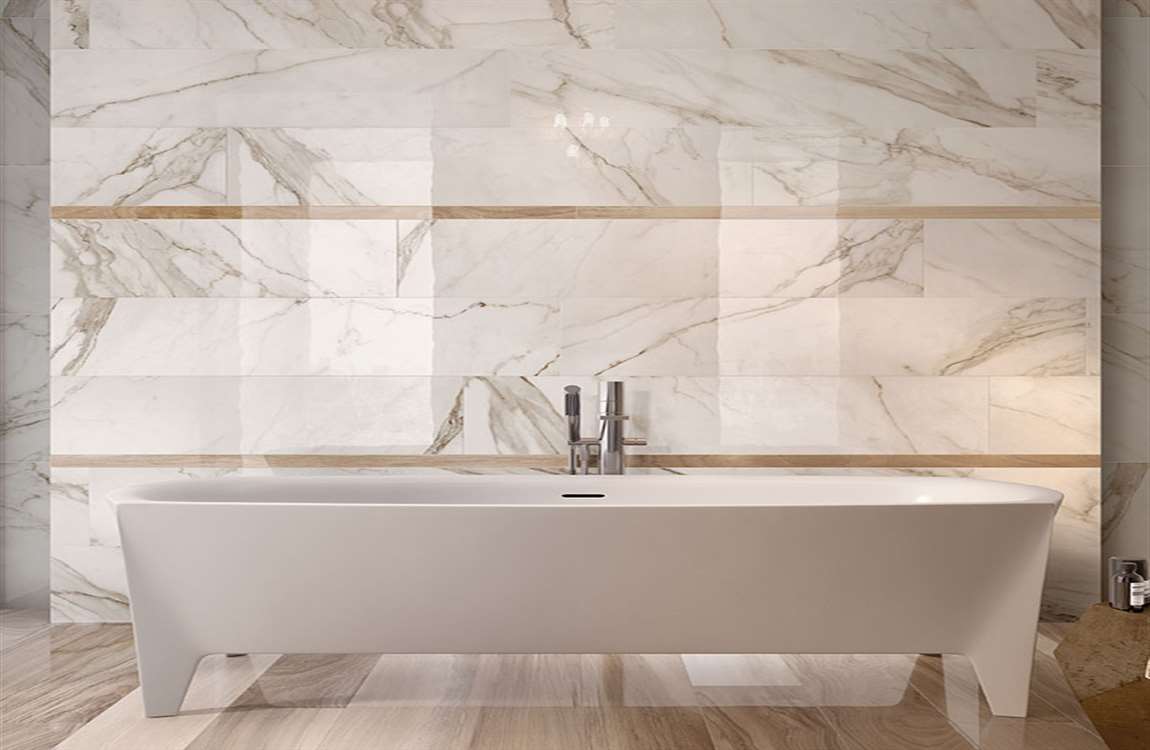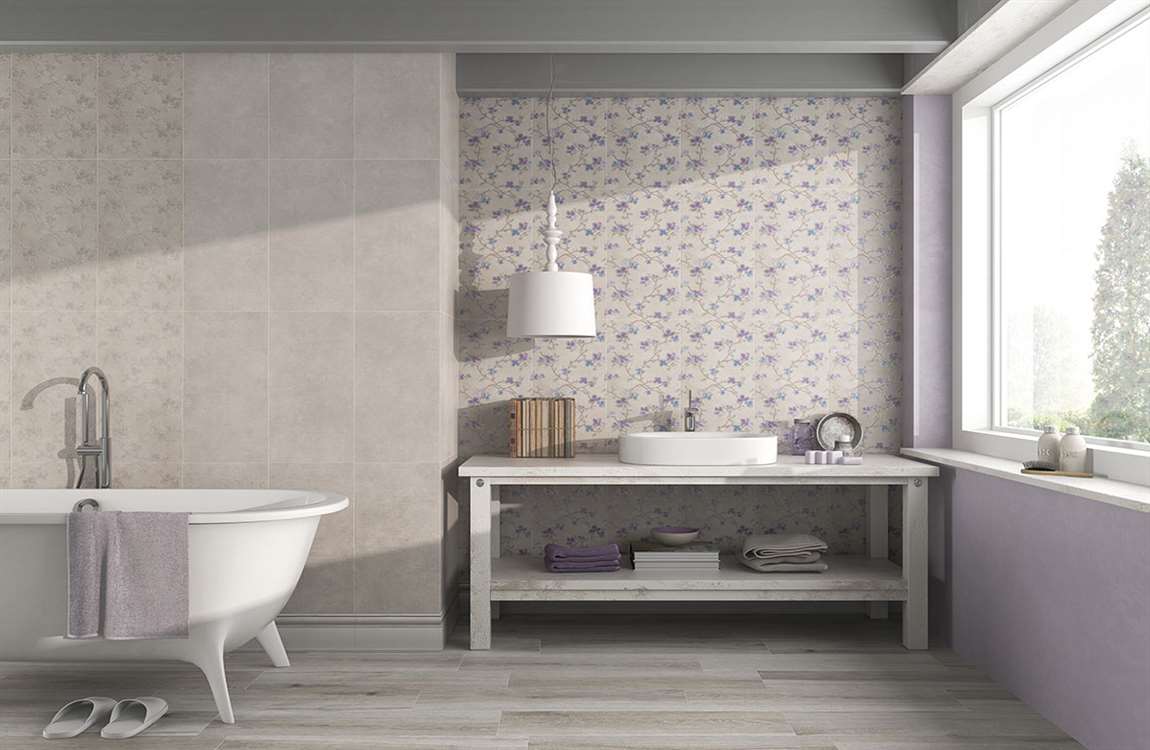How to Install a Bathtub?
Installing a bathtub is a complex job that shouldn’t be attempted by novices. However, if you have some plumbing and construction experience, this may be a DIY project that you feel comfortable tackling. If you’re looking for a starting point, this guide provides an outline of the job. If you’re unsure what to do at any point in the process, it’s best to call a plumber. They can install the bathtub for you and ensure it’s to code.
Attach the drain to the tub. Before you actually set the tub in place, secure the drain to it. Wrap the bottom of the strainer (the part of the drain you see on the inside of the bottom of the tub) with plumber’s putty and press it into the tub from the inside. Place a gasket around the strainer from the outside of the bottom of the tub, then screw the strainer to the drain chute, which a long pipe that includes the overflow drain.
Use pliers to tighten the strainer from the inside of the tub and remove any excess putty. Connect the overflow drain. Slip the trip lever stopper and linkage through the overflow drain opening on the inside of the tub. Use a screwdriver to secure the overflow cover with the trip lever to the inside of the tub.
The trip lever is what you move up to prevent water from draining out of the tub. The stopper and linkage go inside the pipe to stop or allow the flow of water. The overflow drain will prevent the tub from overflowing if you leave the water running as it directs the water into a drain pipe.
Connect the water lines and install your accessories. Screw the faucet into the coupling for the water lines through the hole in the surround. Then, screw the strainer cover over the drain opening in the floor of the tub. Add any other accessories you need, such as handles if they are separate from your faucet.

